What is IGF-1, IGF-1 LR3
IGF-1 (Insulin-like Growth Factor) is an endocrine hormone produced in the liver. Its production increases in the presence of growth hormone. The body contains numerous cell types equipped with receptors that accept IGF-1. This makes IGF-1 an excellent protagonist in the more autocrine cell signaling process targeting tissues to promote cell-to-cell communication (growth) or stimulate cell division. IGF-1 (Insulin-like Growth Factor) is a growth factor closely related to insulin. It carries the same number of amino acids as insulin and is responsible for the anabolic response to GH.
The most potent form of IGF-1 is considered to be IGF-1 LR3. This structure has been chemically modified to avoid binding to proteins within the human body and to increase its half-life by approximately 20-30 hours. IGF-1 LR3 and Muscle Growth Sequence Peptide Long R3 Insulin-like Growth Factor-I (IGF1 LR3) is an 83-amino acid analog of IGF-I, effectively containing the complete IGF-1 sequence but substituting glutamic acid (Glu) with arginine (Arg) at position 3, along with a 13-amino acid extension. This sequence alteration enables IGF-1 LR3 to evade protein binding and achieve a prolonged half-life of approximately 20-30 hours.
Benefits of IGF-1
Assists in regulating fat utilization for energy, leading to fat reduction. IGF-1 LR3 prevents glucose from entering cells, forcing the body to burn fat instead of sucrose.
Supports anti-aging. As we age, IGF-1 production slows, leading to cellular decline. Low IGF-1 levels are associated with heart failure, reduced brain cell regulation, and impaired neuron function. Not to mention muscle tissue breakdown.
Aids in enhancing nutrient shuttling (protein synthesis). Increases nerve tissue regeneration capacity. Improves muscle cell proliferation, resulting in fuller muscle tissue.
IGF-1 LR3 Dosage
IGF-1 LR3 can be used continuously 7 days a week at a dosage of 50-150mcg daily. Desensitization typically occurs around 40 days or approximately 4 weeks. Injection sites can be any muscle group on the body, as it does not require specific injection points.
IGF-1 LR3 Side Effects
Some potential side effects of IGF-1 LR3 may include: muscle and joint pain, nausea, headaches, hypoglycemia (typically occurring with sustained high-dose IGF-1 LR3 use), and may be associated with an increased risk of certain cancers.
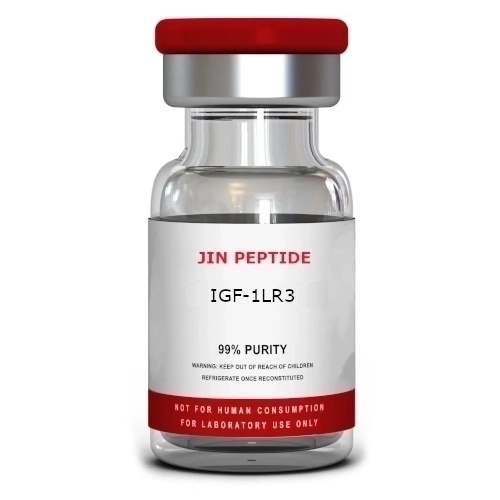
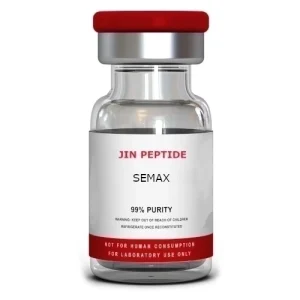
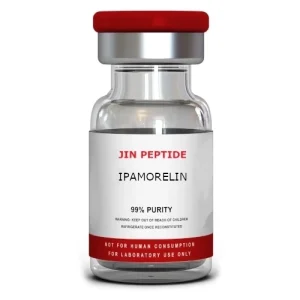
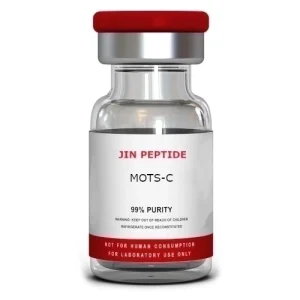
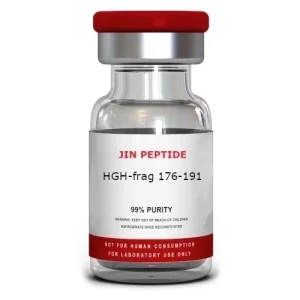
Reviews
There are no reviews yet.